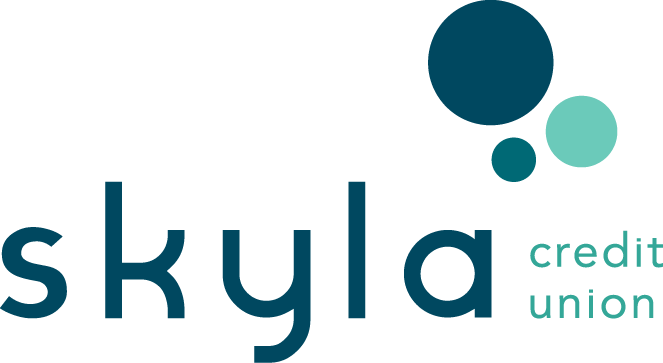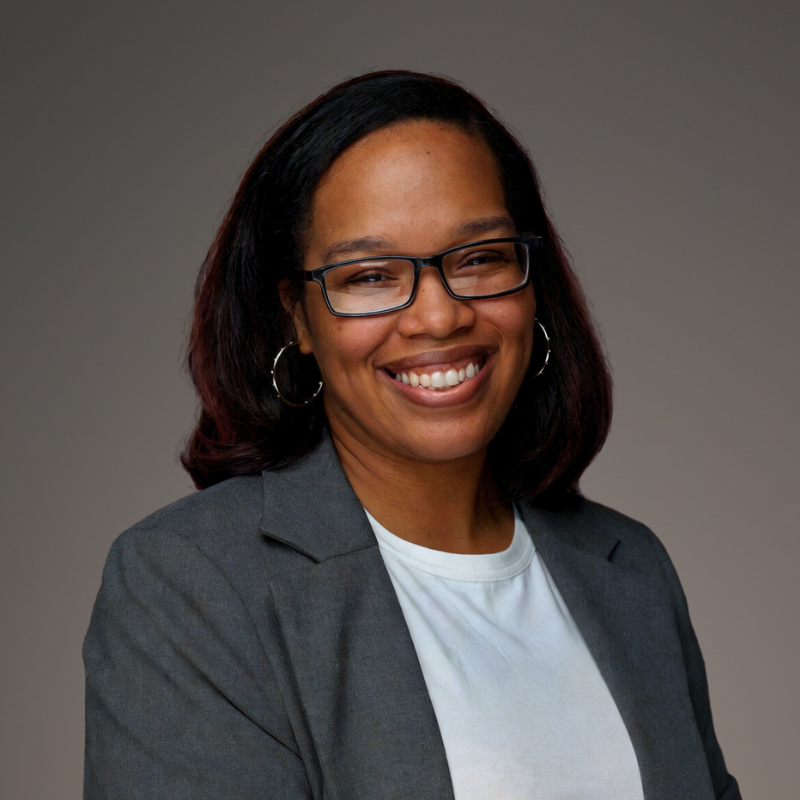6 Things You Should Know About Student Loans

 What's up, future scholars!
What's up, future scholars!
Let’s face it—student loans can feel like that one complicated game where no one bothers to read the instructions. But don’t sweat it—we’ve got your back. Whether you’re starting to apply for college, filling out financial aid forms, or just wondering if student loans are the right move for you, we’re here to break it down in a way that actually makes sense—no boring lecture vibes, we promise! Getting the basics down now can save you a ton of headaches later.
here's a quick breakdown of what to know
1. how do student loans work
Student loans are borrowed money to pay for college—but it’s not free money. You’ll need to pay it back, plus interest.
There are two main types of loans:
- Federal Student loans: A type of loan that's funded by the government and usually offer lower interest rates and flexible repayment options, making them the go-to choice for most students. Common types include:
- Stafford Loans: A broad category that includes both subsidized and unsubsidized loans, often the backbone of federal student aid.
- Parent Plus Loans: For parents helping their child pay for school.
- Graduate Plus Loans: For graduate students needing extra funds.
- Perkins Loans: A need-based loan, though it’s no longer offered to new borrowers.
- Private Student loans: Another type of loan but are offered by banks, credit unions, or online lenders. They may have higher interest rates and fewer repayment options than federal loans, but they can help cover costs if you’ve maxed out federal aid.
understanding student loans
To get started with student loans, you’ll need to apply—federal loans require completing the FAFSA (Free Application for Federal Student Aid), while private loans are handled through individual lenders like banks or credit unions. Once approved, the funds are sent directly to your school to cover tuition and fees.
If there’s any money left over, it’s sent to you to use for other school-related expenses, such as housing, textbooks, or supplies. After you graduate—or if you drop below half-time enrollment—you typically have a six-month grace period before you need to start making payments. This gives you time to get on your feet and prepare for repayment.
QUICK TIP: If you’re worried that you won't be able to start repaying your student loans right away, don’t panic. Federal loans offer options like deferment or forbearance, which temporarily pause payments, or income-driven repayment plans that adjust your monthly bill based on your income. Reach out to your loan servicer to explore these options and avoid falling behind! |
Curious about the differences between federal and private student loans? We've got you covered.
2. look for free money before borrowing
Scholarships and grants are like golden tickets—they’re free money for college that you don’t have to pay back. Think of them as discounts on your education. Why take out loans if you can lower the price tag upfront? You wouldn’t skip a big sale, right?
Here’s how to get started:
- Search locally: Many North Carolina colleges and universities have dedicated pages for scholarship opportunities. Check out sites like CFNC (College Foundation of North Carolina) or your school’s financial aid office for state-specific scholarships.
- Apply broadly: Don’t limit yourself to one or two applications. The more scholarships you apply for, the better your chances. Psst...Tailor your essays to stand out.
- Look for unique opportunities: Some scholarships reward more than academics—think community service, sports, or even quirky talents.
Keep in mind - every dollar you win in scholarships is one less dollar you’ll need to borrow. Start early, stay organized, and don’t shy away from small scholarships—they add up!
QUICK TIP: Each May, Skyla awards $5,000 Herman Hoose Scholarships to deserving students who are graduating from high school in the current school year and enroll in an institution of higher education for the fall of that same year. Want to learn more? Check it out > |
Psst... Here are more scholarships with upcoming deadlines in 2025. Check it out!>
3. know your student loan terms
Loan terms can feel like a foreign language but they’re easier to understand than you think. Here’s a quick guide to the key terms you need to know:
Deferment
Deferment allows you to hit the 'pause' button on your loan payments for a bit. You might qualify if you’re still in school, in the military, or facing tough times. Some loans (like subsidized ones) don’t rack up interest during deferment, so it’s like a break without extra costs.
Forbearance
Forbearance lets you press the 'pause' button on your loan payments, but there’s a catch—interest keeps building up on all your loans during this time.
It’s a temporary option designed to help when you’re facing financial challenges, like losing a job or dealing with unexpected expenses.
EXAMPLE: if you're out of work, you can request forbearance to avoid falling behind on payments. Just remember, while it gives you breathing room, the interest piling up means you could owe more in the long run. |
Grace period
Most federal loans give you a six-month break after graduation before you need to start paying. This time is your chance to get your budget in order!
Income-driven repayment
A repayment plan that adjusts your monthly payments based on your income and family size. For example, if you’re earning $30,000 per year, your payments might be reduced to make them more affordable.
Interest rate
This is the “fee” you pay for borrowing money, expressed as a percentage. For example, if you borrow $10,000 with a 5% interest rate, you’ll owe an extra $500 in interest each year.
Loan consolidation
Combining multiple federal loans into one, which can simplify payments and even lower your monthly bill. However, consolidation doesn’t always reduce the total interest you pay.
Loan servicer
Principal
This is the original amount you borrowed before interest kicks in. If you take out a $10,000 loan, that’s your principal.
Repayment term
This is how long you have to pay the loan back, usually 10 to 20 years for most student loans. A longer term means smaller monthly payments, but you’ll pay more interest over time.
Standard repayment
The default plan for federal loans, where you pay a fixed amount each month for up to 10 years. It’s a good choice if you can afford the monthly payments because you’ll pay less interest over time.
Subsidized loan
With these federal loans, the government covers the interest while you’re in school, during the grace period, or during deferment. For example, if you borrow $5,000 subsidized, you won’t accrue interest during these times.
Unsubsidized loan
You’re responsible for paying all the interest, even while you’re in school. The interest starts adding up as soon as you borrow.
Think of these terms as tools in your financial toolbox. Knowing how they work helps you make smarter decisions and stay in control of your loans. If anything seems unclear, ask questions. Your future self will thank you!
4. know your borrowing amount
When it comes to student loans, less is more. Borrow only what you truly need to cover essential school expenses like tuition, books, and housing—not extras like fancy coffee, new clothes, or a spring break trip. It’s easy to overborrow when loans feel like “free money,” but remember—you’re borrowing from your future self, and they’ll have to pay it back (with interest).
To ensure you're borrowing smart:
Stick to your budget
Be cautious about refunds
If your loan covers more than your tuition and fees, you might get a refund. Don’t treat this like free cash—it’s still a loan! Instead of splurging, save it for future school expenses or return what you don’t need to reduce your debt.
Keep it realistic
Only borrow an amount you’re confident you can repay based on your future job plans. For example, if you’re entering a field where the average starting salary is $50,000, borrowing $100,000 may lead to serious repayment struggles.
Ask yourself, “Can I live without this?” before spending any loan money. If the answer is yes, skip the purchase. Your future self will thank you for keeping your debt manageable! |
5. know your options for paying loans back?
When it’s time to start repaying your student loans, you’ll have options—especially with federal loans. Finding the right repayment plan for your budget can make all the difference. Here’s a quick look at a few popular options:
- Standard repayment: This is the default plan for federal loans. You’ll pay a fixed amount each month over 10 years. Example: If you borrow $30,000 at a 4% interest rate, your monthly payment will be around $300. It’s a great option if you can afford it, as you’ll pay less interest overall.
- Income-driven repayment: Plans like Income-Based Repayment (IBR) adjust your monthly payments based on your income and family size. For example, if you’re earning a lower salary right out of college, your monthly payment could be as little as $100. After 20-25 years, any remaining balance might be forgiven (though you could owe taxes on the forgiven amount).
- Extended repayment: If a 10-year plan feels too tight, this option spreads payments over 20-25 years, reducing your monthly bill. Just keep in mind, you’ll pay more in interest over time.
Set up automatic payments to avoid missed deadlines—some lenders even offer an interest rate discount for doing this. And if you’re ever struggling, contact your loan servicer right away to explore options like deferment or forbearance. Ignoring your loans won’t make them go away!
6. plan your student loan repayment timeline
Student loans might feel like a lifetime commitment, but they don’t have to be! With smart planning and repayment strategies, you can tackle your loans faster and with less stress.
Here’s how to manage your timeline:
- Stick to your plan: For example, if you’re on a 10-year standard repayment plan, stay consistent with your payments to finish on time.
- Pay more than the minimum: Even an extra $50 a month can chip away at your balance faster. For instance, paying $350 instead of $300 on a $30,000 loan could save you a year of payments and hundreds in interest.
- Look into loan forgiveness: Federal programs like Public Service Loan Forgiveness (PSLF) can erase your remaining balance after 10 years if you work in a qualifying job (like teaching or government work).
Make loan repayment part of your budget, like a subscription you can’t cancel until it’s paid off. And remember, student loans are just one chapter in your journey—not the whole story. With patience and determination, you’ll conquer them!
Ready to tackle your debt head-on, even those student loans? Check out our article designed to help you take control of your repayment strategy!
what's next?
By tackling these six steps, you’re already setting yourself up for success. Remember, student loans aren’t a burden—they’re a stepping stone toward achieving your goals. Stay curious, ask questions, and make choices that align with your future dreams. You’ve got this!
As always, if you have any questions or comments, our Customer Service Representatives are here for you. You can send an email or give us a call at 704.375.0183.
As Content Strategist behind the Learning & Guidance Center, Yanna loves showing just how doable finance can be. Whether it’s simple tips, step-by-step guides, or comparison charts, she’s passionate about helping readers take charge and reach financial freedom with confidence
more resources for your financial journey
7 Steps to Paying Down Debt
Need solutions to pay down your debt and you don’t know where to start? Your answers are here with tools available so you can get started today.
13 min. read
Federal vs. Private Student Loans
Here are the key differences between federal and private student loans, including interest rates, repayment options, and eligibility to find your best fit
9 min. read








